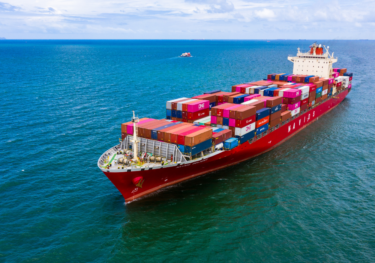Ungated Post | 21 May 2014
Panama: Catching the Next Wave

When the US relinquished its military presence in the Panama Canal Zone on December 31, 1999, few predicted the Central American nation of 3.7 million would embark upon a period of sustained economic growth. Yet since 2006, the country has achieved a cumulative growth rate of 9%, a rate that far exceeds not only that of its regional neighbors across Latin America. The expansion of the Panama Canal is only a part of the story.
This paper describes how Panama has “upped its economic game” and outlines the growth levers the country can employ to continue to experience sustainable economic growth. The paper includes sector-by-sector breakdowns of Panama’s economic opportunities in areas ranging from tourism to logistics and manufacturing.
Click here for a full copy of the report.
Oxford Economics’ team is expert at applying advanced economic tools that provide valuable insights into today’s most pressing business, financial, and policy issues.
To find out more about our capabilities, contact:
Americas
Diantha Redd
+1 (646) 503 3052
Email
Asia Pacific
Peter Suomi
+65 6850 0110
Email
EMEA
Aoife Pearson
+44 (0)203 910 8054
Email
Related Services

Post
The economic impact of abandoning the WTO
Oxford Economics have been commissioned by the International Chamber of Commerce (ICC) to provide an independent assessment of the economic impact of WTO dissolution. This report details our findings and the assumptions underpinning our analysis.
Find Out More
Post
The economic impact of the sports activities of public service media
This study shows how the sports activities of public service media supported €4.5 billion of GDP and 57,000 jobs across 31 European countries in 2022, taking direct, indirect (supply chain), and induced (wage-funded expenditure) impacts into account. The report also highlights wider economic benefits of public service media sports coverage, such as the way in which it leverages sponsorship income for sports bodies.
Find Out More
Post
Global Trade Education: The role of private philanthropy
Global trade can amplify economic development and poverty alleviation. Capable leaders are required to put in place enabling conditions for trade, but currently these skills are underprovided in developing countries. For philanthropists, investing in trade leadership talent through graduate-level scholarships is an opportunity to make meaningful contributions that can multiply and sustain global economic development.
Find Out More